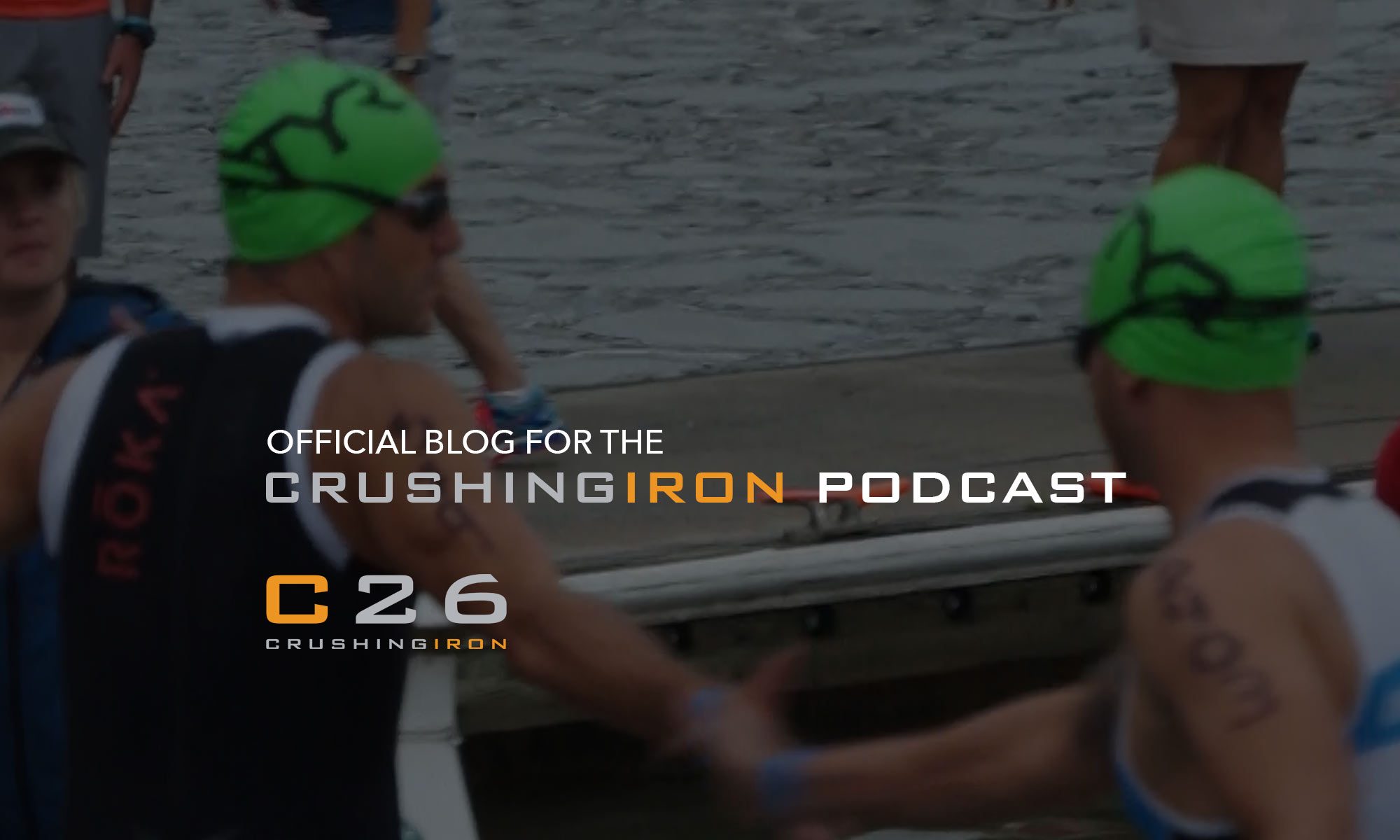I used to be the poster-child for swim anxiety. Every time I got out of the water in a race, I felt like my chest would explode. Then I’d spend the first 5 miles of the bike getting back to normal.
This went on for a few years, then I discovered the power of frequency.
Before Ironman Louisville I spent nearly 3 weeks swimming every day. Not terribly long, but usually 1500 or so.
Two things happened:
– I got very comfortable and relaxed in the water
– I got faster
I’m a firm believer the latter is deeply connected to the former, and I think this holds true for all three disciplines in triathlon.
The more you do it, the more comfortable you are.
I swam a 1:06 that day in Louisville, by far my fastest Ironman swim. The main thing I remember was how patient I was in the water. I wasn’t trying to “race” but stay in my box and relax.
Frequent swimming gave me the confidence I needed to get out of the water fresh. I still remember the feeling I had running to my bike after that swim. I had a genuine bounce to my step.
Now, what happened after that swim on a scorching hot summer day in Louisville is a different story, but that had more to do with neglecting the bike and run in training. Hence the eternal dilemma of triathlon and why it’s so difficult to build confidence in all three sports.
On our latest podcast we take a deeper dive into swim and cycling anxiety, building overall triathlon confidence and silencing the critics who can seem threatened by your growth.
We appreciate all the email to [email protected] and the great reviews on iTunes. Thanks for listening.

